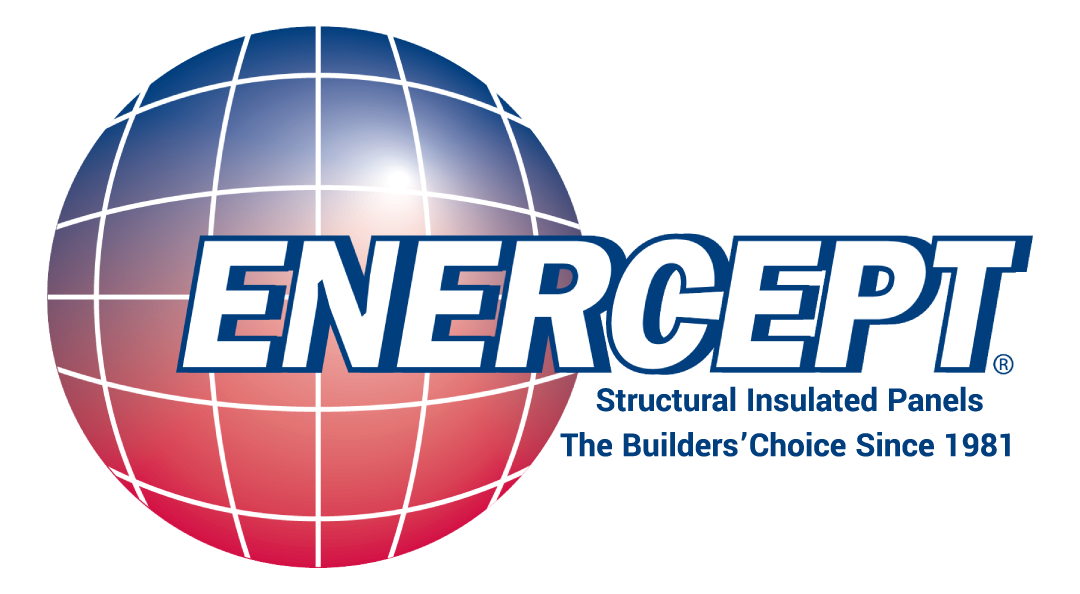Every profession or craft has its own jargon, and the construction business is no different. Subs, slabs, rough-in, dry-in … the list endless.
At the top of our list of commonly used lingo is structural insulated panels or ‘SIPs.’ One of the primary methods of sheathing these panels is oriented strand board or ‘OSB.’ In fact, OSB has the majority of the market share for SIPs.
Great. But what is it?
The Basics
OSB is an organic, engineered wood product. Many years ago, it was called chip board. Today’s OSB is different: it is comprised of wood flakes arranged in multiple layers. Each successive layer is oriented perpendicular to the previous layer. 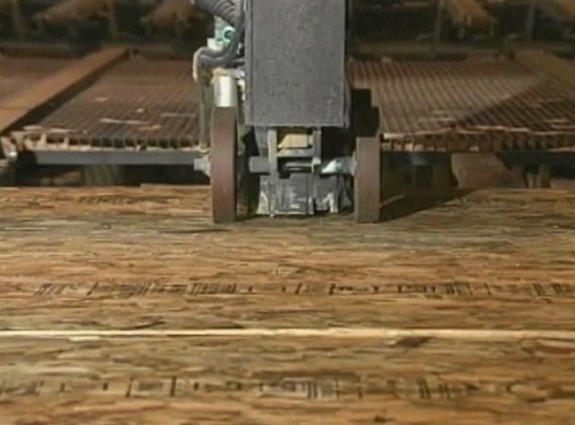
OSB was created in 1963 by Armin Elmendorf, while exploring more uses for waferboard. While OSB is akin to particle board, waferboard or chip board, it is different because the layers of wood strands are strategically arranged in specific orientations rather than all willy-nilly. The arrangement of the strands makes a huge difference in the product’s strength and material properties.
The wood species used depends on where the mill obtains their wood.
“Our OSB (from Canada) has two or three different species of wood in it. If you get it from the South, like Louisiana, it’s going to be softer woods,” says Enercept Purchasing Agent Dennis Smith. More important than the species, he points out, is the way OSB is made. That’s what gives it the strength
How It’s Made: Taking whole logs and transforming them into OSB is an involved, multi-step process. Below is the basic method:
- Sorting: Whole logs (some about 60 feet long!) are harvested and taken to the manufacturer’s wood yard. There, the logs are sorted and cut to more workable lengths.
- Debarking: This procedure is just as its name implies. Logs are put through a machine where grooved metal wheels strip the bark from each log. In some mills, that bark is later used to fuel the mill.
- Thawing/Preparation: Since many of the logs are cold or frozen upon arrival, they are soaked in water to thaw or remove ice. Soaking them also preps them for the next phase. They move up a conveyor-type machine known as a jack ladder.
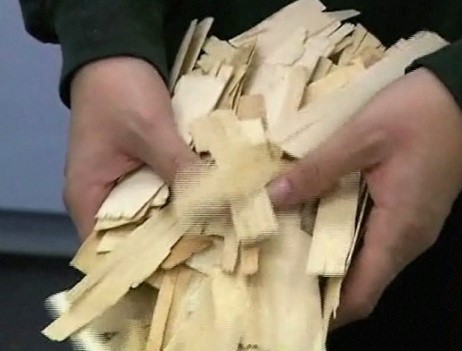
- Stranding: Strands are cut from the whole logs. Strands vary in length up to about six inches. The strands are then sent to wet bins. From there, they’re sent to huge dryers where they remain until the desired moisture content is achieved.
- Separating: The dried strands are almost ready, but still need to be separated from the smaller particles and dust. Those particles which are unsuitable for OSB are known as ‘fines.’
- Blending: The strands that remain after the separating process are the ones which will comprise sheets of OSB. (They’ve made the cut, quite literally!) They are sent to huge blenders where they are blended with phenolic resin — to bind the strands — and wax, which provides resistance to moisture absorption.
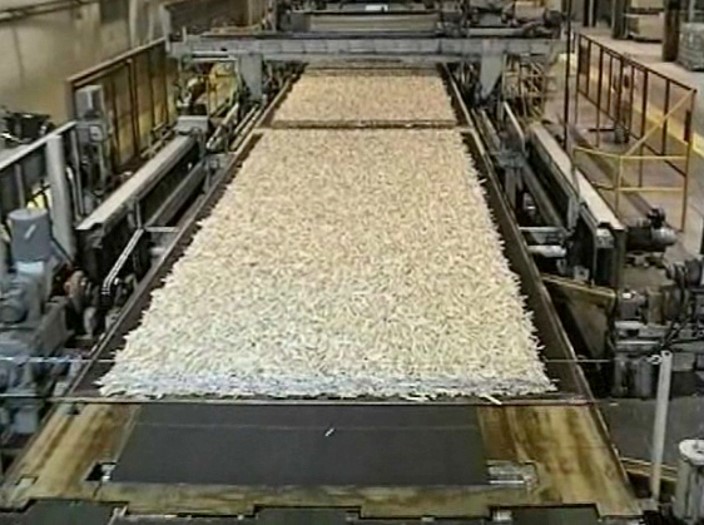
- Forming: Now, as the name implies, strands will be formed into sheets of OSB. Cross-directional layers are formed on nine by 24-foot mats. Multiple layers are laid out on the mat, ready for the next step.
- Pressing: Heat and pressure are used to press the cross-directional strands, binders and resin into a rigid, dense sheet of OSB. The mats are pressed, using up to 500 psi of pressure and temperatures of 415 degrees Fahrenheit.
- Finishing: After cooling, the large sheets are cut to size, clearly stamped with the appropriate specifications (a certification agency stamp is required for all graded materials) and stacked. The stacked bundles are then placed into an edge seal booth where they are coated with a wax-based latex coating. This helps the guard the edges of the OSB from moisture.
- Shipping: OSB is ready to be shipped out! Generally, it is shipped via rail or trucks. OSB may be headed to lumberyards, construction sites or manufacturing facilities — like SIPs fabricators!
So, why OSB?
Well, frankly, it’s a great product for many construction applications.
OSB shares many of the strength characteristics of plywood. Both receive high marks for durability and longevity. The combination of wood and adhesives make OSB strong and dimensionally stable. OSB sheets are stronger than plywood when it comes to shear. Shear values are about two times greater than those of plywood. OSB panels also resist deflection, delamination and warping in addition to racking and distortion. Note that in order to maintain optimal load bearing capabilities, the strength axis of the OSB is required to run with the span.
Given their strength, OSB sheets are easy to handle and install due to their light weight. Remember to select an appropriate grade of product for your project. As with most lumber, there are grades of quality. Be sure to get one which ensures water resistance.
Generally, OSB is less expensive than plywood, but that depends on supply and demand. The amount of OSB manufactured in recent years has been nearly twice as much as plywood, according to Ask the Builder.
Environmental Impact
Reserves of wood are increasing each year, making it a truly renewable resource. Oriented strand board is the natural solution to the challenge of finding suitable, sustainable building materials. The wood fibers used in making OSB are grown in sustainable forests and tree farms. 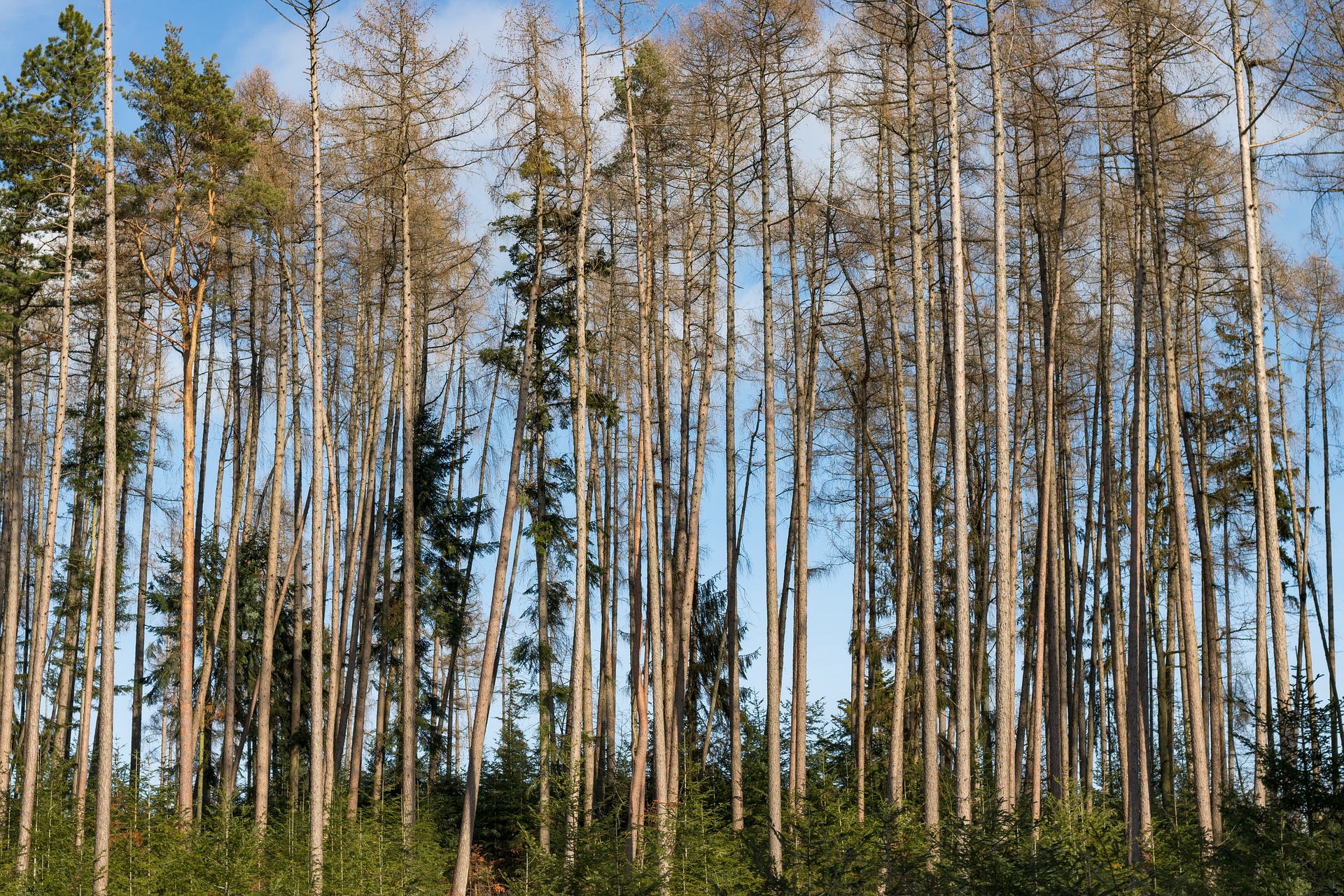
OSB also can aid in a cleaner, more efficient indoor environment. Since it’s produced in huge, continuous mats, quality remains consistent throughout the panel — there are no gaps or voids. Large panels are available, which decreases the number of joints that can “leak” heat and admit airborne noise, cold air and pollutants.
The large sheet size of OSB, combined with its strength and durability, makes OSB a logical and proven choice for sheathing SIPs.
Now that you’re in the know, next time you hear the term OSB (or SIP, for that matter), you can nod wisely. On a serious note, it is important to understand the products used in your projects. Enercept is happy to explain.
Our Mission: Our Commitment
When you build with Enercept SIPs we provide a building that will go up faster and will be warmer, tighter, stronger, quieter and more cost-effective than conventional construction. It is a commitment that others simply can’t beat!
